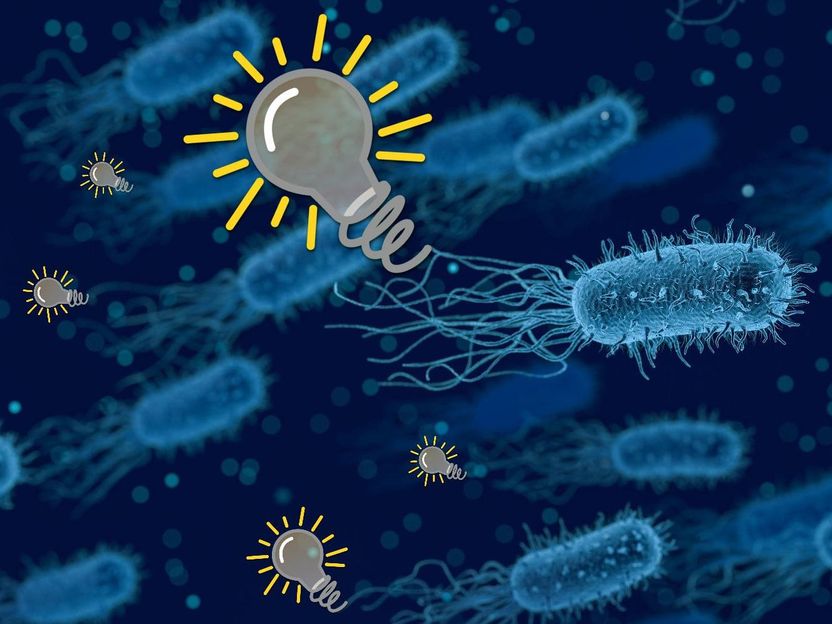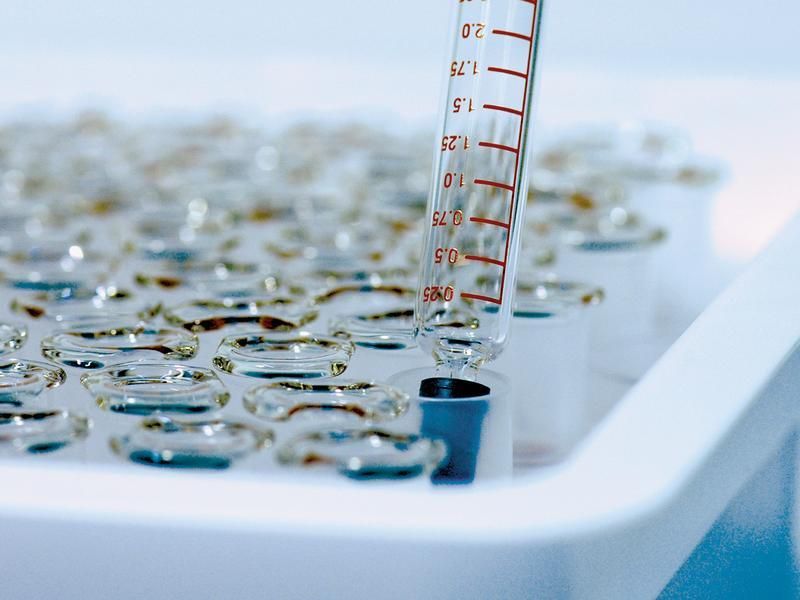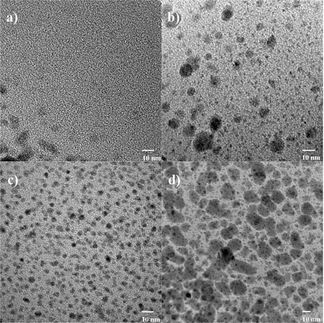Super sensitive gas detector goes down the nanotubes
When cells are under stress, they blow off steam by releasing minute amounts of nitrogen oxides and other toxic gases. In a recent paper, researchers at the National Institute of Standards and Technology (NIST) described a new method for creating gas detectors so sensitive that some day they may be able to register these tiny emissions from a single cell, providing a new way to determine if drugs or nanoparticles harm cells or to study how cells communicate with one another. Based on metal oxide nanotubes, the new sensors are a hundred to 1,000 times more sensitive than current devices based on thin films and are able to act as multiple sensors simultaneously.
Gas sensors often operate by detecting the subtle changes that deposited gas molecules make in the way electricity moves through a surface layer. Thus, the more surface available, the more sensitive the sensor will be. Scientists are interested in developing gas sensors based on nanotubes because, having walls that are only a few nanometers thick, they are almost all surface.
Although nanotubes have proven to be well suited for gas sensing applications, fabricating the devices themselves is a difficult, imprecise and time-consuming process, according to Kurt Benkstein, an author of the paper. Older methods include randomly scattering free nanotubes on a surface with preformed electrical contacts (the hope being that a least a few of the nanotubes would tumble into place) or laying contacts over the top of the nanotubes after they had been dispersed, among others. These methods, though they can result in functional devices, preclude researchers from knowing where exactly the reactions are happening on the substrate. This makes it impossible to do multiple simultaneous tests. Also, these sensors are not as sensitive as they could be because there is no way to ensure that the gas is reacting with the interior of the tube.
To address these problems, the NIST group built upon another design using a sheet of aluminum oxide about the thickness of a human hair and perforated with millions of holes about 200 nanometers wide. With the nanosized pores serving as a mold, the researchers dipped the aluminum oxide sheet in a solution of tungsten ions, coating the interior of the pores and casting the nanotubes in place. After the nanotubes were formed, the team deposited thin layers of gold on the top and bottom of the aluminum oxide membrane to act as electrical contacts.
The sensor’s high sensitivity derives from its design, which ensures that any sensor response is the result of the gas interacting with the interior of the nanotube. The researchers also note that this same technique can easily be adapted to form nanotubes of other semiconductors and metal oxides so long as the ends of the nanotubes remain open.
Original publication: R. Artzi-Gerlitz, K. Benkstein, D. Lahr, J. Hertz, C. Montgomery, J. Bonevich, S. Semancik, M. Tarlov; "Fabrication and gas sensing performance of parallel assemblies of metal oxide nanotubes supported by porous aluminum oxide membranes."; Sensors and Actuators B: Chemical. 2008.
Most read news
Topics
Organizations
Other news from the department research and development
These products might interest you

Hahnemühle LifeScience Catalogue Industry & Laboratory by Hahnemühle
Wide variety of Filter Papers for all Laboratory and Industrial Applications
Filtration Solutions in the Life Sciences, Chemical and Pharmaceutical Sectors

Hydrosart® Ultrafilter by Sartorius
Efficient ultrafiltration for biotech and pharma
Maximum flow rates and minimum protein loss with Hydrosart® membranes

Hydrosart® Microfilter by Sartorius
Hydrophilic microfilters for bioprocesses
Minimal protein adsorption and high flow rates

Sartobind® Rapid A by Sartorius
Efficient chromatography with disposable membranes
Increase productivity and reduce costs with fast cycle times

Sartopore® Platinum by Sartorius
Efficient filtration with minimal protein adsorption
Reduces rinsing volume by 95 % and offers 1 m² filtration area per 10"

Polyethersulfone Ultrafilter by Sartorius
Reliable filtration with PESU membranes
Perfect for biotechnology and pharmaceuticals, withstands sterilisation and high temperatures

Polyethersulfone Microfilter by Sartorius
Biotechnological filtration made easy
Highly stable 0.1 µm PESU membranes for maximum efficiency

Get the life science industry in your inbox
By submitting this form you agree that LUMITOS AG will send you the newsletter(s) selected above by email. Your data will not be passed on to third parties. Your data will be stored and processed in accordance with our data protection regulations. LUMITOS may contact you by email for the purpose of advertising or market and opinion surveys. You can revoke your consent at any time without giving reasons to LUMITOS AG, Ernst-Augustin-Str. 2, 12489 Berlin, Germany or by e-mail at revoke@lumitos.com with effect for the future. In addition, each email contains a link to unsubscribe from the corresponding newsletter.
Most read news
More news from our other portals
Last viewed contents
Stress_granule
Kidney

Bacteria generate electricity from methane - "We create a kind of battery with two terminals, where one of these is a biological terminal and the other one is a chemical terminal"
Gonadotropin-releasing_hormone
Turner_syndrome
List_of_ICD-9_codes_740-759:_Congenital_anomalies
Human_leukocyte_antigen
Translocation_(Wildlife_conservation)
Antineoplaston
Lactate_dehydrogenase






















































